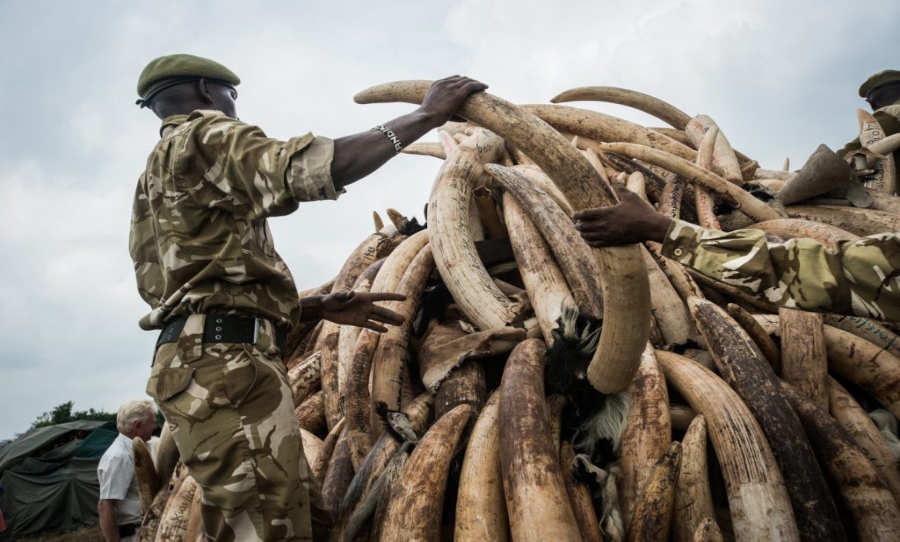New research, out of Mozambique, has revealed that ivory poaching has led to the evolution of elephants without tusks.
Decades of ivory poaching have reportedly contributed to an increase of tuskless elephants, meaning that humans are essentially “changing the anatomy” of a wild species.
Tuskless elephants were originally studied as a rare genetic mutation. However, the defect has become very common amongst groups of African elephants.

The study, published in the journal Science reveals that the change follows a period of mass tusk poaching. Researchers focused on why female elephants in Mozambique Gorongosa National Park were being birthed without tusks.
The study revealed that the animals were affected by genetic engineering – ultimately the result of ivory poaching.
During the Mozambican Civil war (1977-1992) elephants with tusks were at high risk of poaching. An astonishing 90 per cent of the elephant population were killed for their ivory in order to fund the conflict of the war.
View this post on Instagram
Tuskless elephants were left alone and therefore increased the likelihood of offspring being born without tusks. The impact of this is still evident generations later, with the 700 elephants in the national park displaying the effects.
Robert Pringle, scientist and leader at Princeton University, was at the forefront of the ground-breaking evolution study.
“What I think this study shows is that it’s more than just numbers. The impacts that people have, we’re literally changing the anatomy of animals.”
Gorongosa national park had always been of interest to researchers with the suspicion that poaching had led to these abnormalities.
The team of researchers were intrigued by the lack of elephants being born without tusks. Although a known phenomenon, no one had ever researched the cause.
It had long been suspected that the mutation stemmed from a genetic cause and was most likely linked to sex.
In Mozambique, the selective poaching of elephants with tusks has led to a higher number of females being born without them. https://t.co/PtGyvha3C1
— nature (@Nature) October 21, 2021
This was proven through the use of genome sequencing. Further study revealed that a pair of candidate genes on the X chromosomes, including one linked to tooth development.
The mutation on one or more of the genes ultimately protects female elephants from poaching. Approximately half of the male elephants born to tuskless mothers will share the abnormality.
It has led to a noticeable decrease in males within herds affected by poaching. This is however reversible over time.



